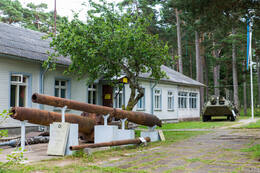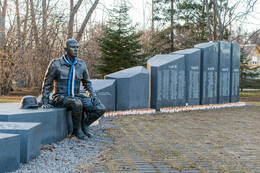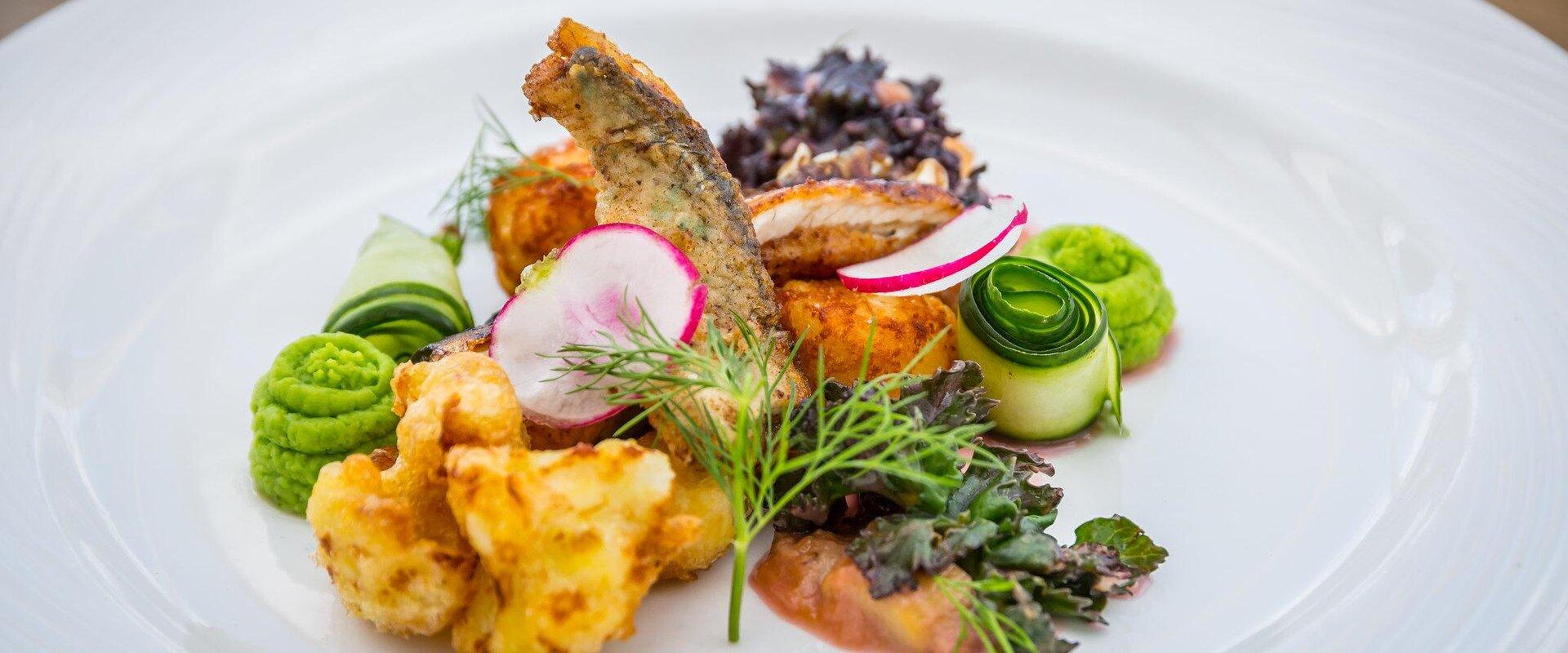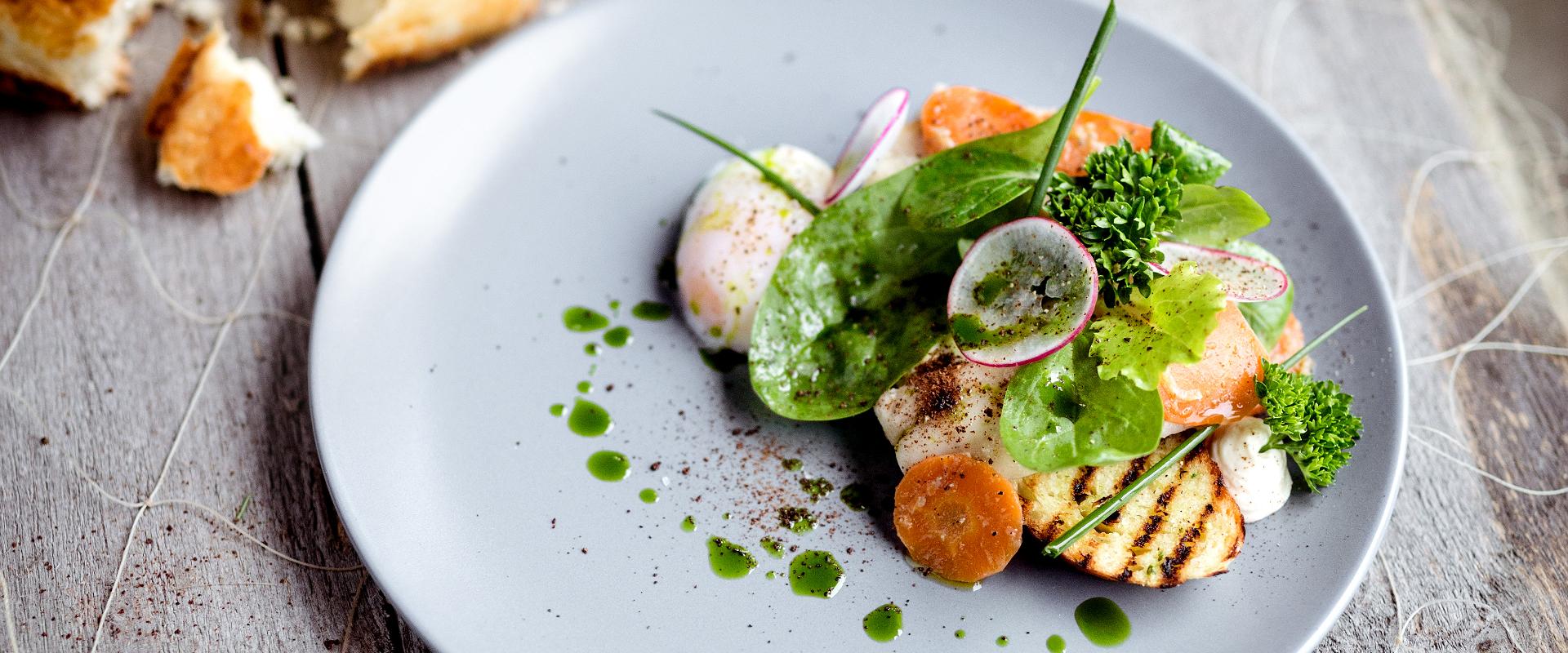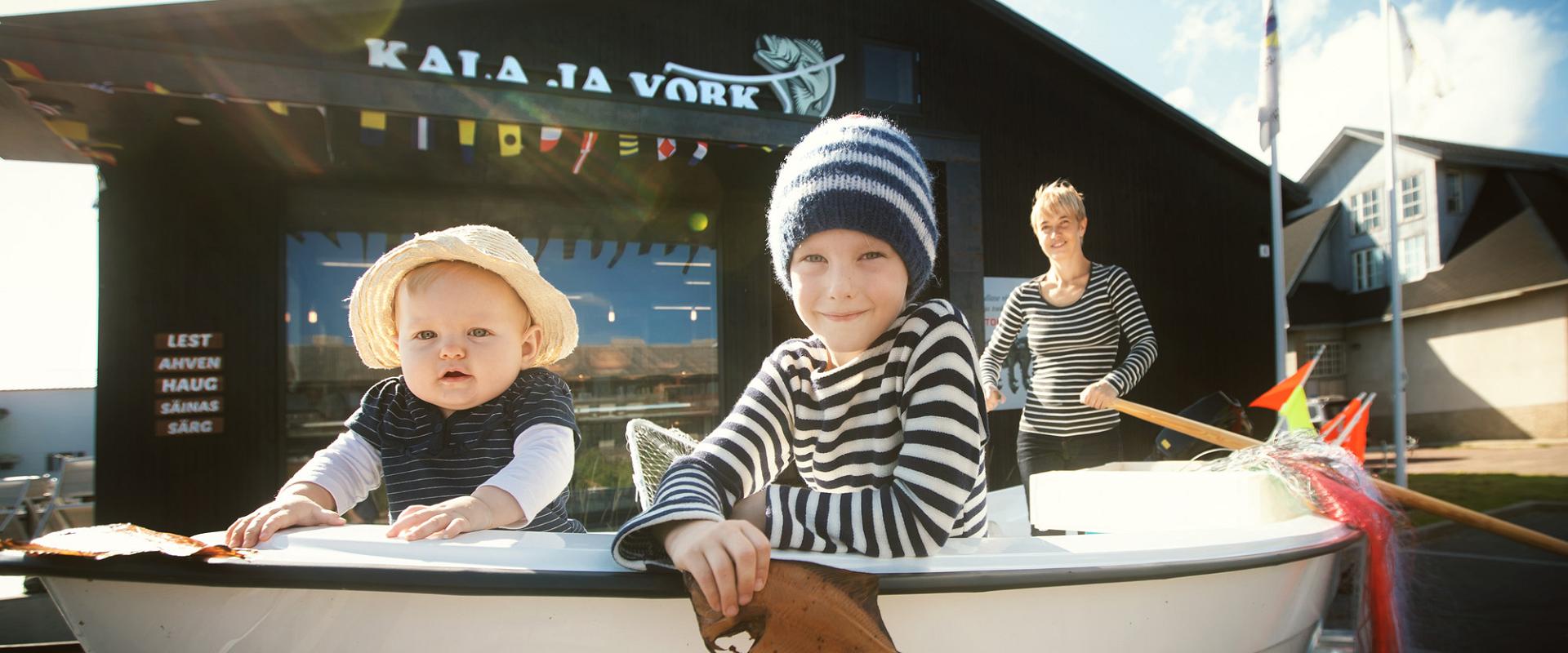Sarema ir Hyjuma - Estijos jūros sienos forpostas
Diena 3.
290 km
Orjaku–Ristna–Tahkuna–Lehtma–Kärdla–Partsi–Heltermaa–Tallinn
Praktinė informacija
- Driving distance: ~290 km
- Due to distances and time, 3–4 of the listed sights can be visited on this day.
- The ferry to the mainland leaves from Heltermaa harbour. It is recommended to book the ferry tickets in advance. Bookings and timetables www.praamid.ee.
- Opening hours and ticket information for Hiiumaa Military Museum militaarmuuseum.ee.
Lankytinos vietos
Ristnos švyturys
Šis 30 metrų aukščio ketaus švyturys buvo surinktas 1874 m. iš Prancūzijoje pagamintų komponentų. Švyturys buvo smarkiai apgadintas Pirmojo pasaulinio karo metu ir 1921 m. buvo sutvirtintas betonine išorine konstrukcija.
Pats švyturys yra 29,5 metro aukščio, o jo šviesa iškilusi 37 metrus virš jūros lygio. Šviesą galima matyti iš 31,5 km atstumo.
Švyturys taip pat turėjo įspėti laivus apie ledo sąlygas Baltijos jūroje, mirksinčia raudona šviesa įspėdamas juos, jei laivybos kanalus užblokuodavo ledas.
Šis švyturys susijęs su Pirmojo pasaulinio karo įvykiais: 1914 m. rugpjūčio 12 d., 4 val. ryto, vokiečių kreiseris „Magdeburg“ apšaudė Ristnos švyturį ir ryšių postą Ristnos kyšulyje. Tai žymėjo Pirmojo pasaulinio karo atėjimą į Estijos teritoriją. Ristnos švyturys buvo naudojamas ryšiui tarp patruliuojančių britų ir rusų povandeninių laivų bei Talino karinio jūrų laivyno bazės. Radijo ryšio buvo vengiama. Povandeniniai laivai išniro sutartoje vietoje ir pasiuntė savo ryšių karininkus į bazę prie švyturio, kad šie telefonu susisiektų su Talinu ir gautų tolesnius nurodymus. Tą pačią dieną Rusijos karinis jūrų laivynas panaudojo tuo metu gana retą įrenginį – hidrofoną – laivų sraigtų keliamam triukšmui Ristnos kyšulyje įrašyti. Pakrantės postas ir kabeliai buvo sunaikinti rusams atsitraukiant, hidrofono liekanos iki šiol yra giliai jūros dugne, jo vieta nežinoma. Verta paminėti, kad XX a. pradžioje pastatytas rūko sirenos pastatas yra vienas iš nedaugelio išlikusių Estijos švyturių rūko sirenos pastatų.
130 mm pakrantės baterija Tahkunoje Nr. 26
130 mm baterija Tahkunoje architektūriškai panaši į bateriją Tohvri. Ant patrankų lizdų gelžbetoninių paviršių išgraviruota data „20/IV 1941“. 1941 m. baterija turėjo keturias 130 mm B-13 patrankas (pabūklo svoris su skydu – 12,8 tonos, įgula – 11 žmonių, šaudymo nuotolis – iki 25 km). Įgulą sudarė 151 jūreivis ir 9 karininkai. Pabūklai buvo įrengti prieš pat 1941 m. spalio mėn. mūšius.
Gelžbetoniniai patrankų blokai karo metu išliko nepažeisti, o įgula atvyko jau 1944 m. spalį. Iš pradžių baterija turėjo tris 130 mm B-13 pabūklus. Paskutiniai šūviai buvo paleisti Tahkunoje 1960 m. sausį, kai buvo 4 pabūklai. Baterijai veikiant, paskutinį kelio, vedančio į švyturį, kilometrą uždarė užtvara ir vartų namelis, ir ši kelio dalis vis dar nėra 1959 m. išleistame kariniame topografiniame žemėlapyje.
Tahkunos baterijos pastatai išliko gana geros būklės. Šaudmenų sandėliuose šalia pabūklų blokų išliko pavienės sviedinių lentynos, jų taip pat galima rasti šaudmenų sandėliuose, esančiuose už šaudymo vietų. Slėptuvėje-elektrinėje (dujų slėptuvėje) vis dar yra dviaukštės lovos. Tarp katilinės ir dyzelinės elektrinės yra speciali vandens linija, paslėpta aukštame parapete su betoniniu rezervuaru abiejuose galuose. Šeštajame dešimtmetyje šalia vadavietės buvo pastatytas ugnies valdymo bokštas, kuris, uždarius bateriją, buvo naudojamas kaip karinio jūrų laivyno radijo technologijų dalinio stebėjimo postas. Miškui augant ir blogėjant vaizdui į jūrą, bokštas buvo papildomai aukštinamas. Šis naujas priestatas pasižymi žymiai prastesne statybos kokybe, palyginti su kitais. Pridėtame aukšte yra krosnis, nors iš pradžių bokšte buvo centrinis šildymas. Visoje baterijos teritorijoje yra iškasti kabelių grioviai – datuojami septintuoju dešimtmečiu, kai kolūkiams buvo leista paimti elektros įrangą iš apleistų baterijų, taip pat ir dešimtojo dešimtmečio pradžia, kai buvo paimti visi tuo metu įrengti ir pastebėti kabeliai. Kadangi teritorija buvo visiškai apleista ir smarkiai apaugusi, objektų paieška ir tyrinėjimas galėjo būti sudėtingas.
Baterijos teritorijoje, šalia automobilių stovėjimo aikštelės, stovi 1968 m. pastatytas paminklas 1941 m. žuvusiems Baltijos karinio jūrų laivyno kariams atminti. Paminklo autorius – Vitalijus Navoznyhas, kilęs iš Leningrado. Jis dalyvavo 1941 m. mūšiuose Hijuma saloje, o po karo apsigyveno saloje ir dirbo akmentašiumi. Šalia paminklo yra antkapis dviem nežinomiems kariams, kurie buvo palaidoti ten 1973 m.
Paminklas žuvusiems Antrojo pasaulinio karo Hiumos kariams
Šio memorialo idėja kilo Otto Mägi, kuriam jį įgyvendinti padėjo jo bendražygis Heino Kerde. 2001 m. Mägi kreipėsi į Kardlos miesto tarybą dėl paminklo, skirto Hiiumaa žuvusiems Antrojo pasaulinio karo kariams atminti. Paminklą sukūrė skulptorius Elo Liivas ir architektai Maris Kerge ir Kadri Kerge. Skulptūros modeliu tapo Marekas Vainumäe iš Kärdlos.
Iš viso granite iškalti 685 vardai, visi jie žuvę Hijumas, nepriklausomai nuo to, kieno uniformą jie vilkėjo. Kita vertus, bronzinės skulptūros uniforma iš karto atpažįstama – jaunuolis vilki estišką uniformą ir nusiėmęs vokišką šalmą. Tai vienintelis paminklas Estijoje, skirtas visiems žuvusiems per karą, neapsiribojant viena puse. Projektas buvo įgyvendintas Kultūros ir Gynybos ministerijos vyriausybės dotacijų bei privačių asmenų ir įmonių aukų dėka. Statybos darbus koordinavo Kärdlos miesto taryba ir Hijumas laisvės kovotojų ir represuotųjų sąjunga. Paminklas buvo atidengtas 2012 m. gegužės 25 d.
Ferry to the mainland from Heltermaa harbour and drive to Tallinn.
Vietos pavalgyti
Restaurant at the Roograhu Port
The restaurant of the Roograhu Port is located right by the sea and open all year round. In addition to excellent pizzas, the selection comprises tasty soups, salads, and mains. The menu of the Roograhu port restaurant also includes seasonal fish. The restaurant at the Roograhu Port is perfect for families with children and it is a lovely place for celebrating a birthday or having a nice family meal. A place where food makes you happy.
In the port building, there is a guesthouse and a sauna with a view of the sea that can be rented by the hour.
All roads lead to Roograhu and you can get here in several ways – by plane, your own boat, bicycle, or car.
Restaurant Ungru
Restaurant Ungru is a seaside restaurant on the northern shore of Hiiumaa, where the atmosphere is created by a former customhouse, the environment of Suursadam and most importantly, the excellent food and service.
Combining the traditional flavours and ingredients of Hiiumaa with the methods of modern cooking, we are able to offer something special, yet simple and homely - just like life on the island.
Come and try how the soul-food of Ungru tastes.
The possibility of sailing to the restaurant adds a certain flare to the restaurant - guests are able to dock their yachts right in front on the restaurant.
Shop/cafe Kala ja Võrk
Kala ja Võrk is a fish and fishing tackle shop/café in Kärdla, Hiiumaa.
Our story began in 2000, when a coastal fisherman with a small fish business in the Kärdla market found that the premises were too small for his grand ideas.
The fish are fresh and caught from the sea surrounding the island. We also sell smoked fish, dried fish, and other fish products which you can taste on the spot or buy to go.
In addition to fresh fish, we also serve light snacks on the spot – fish soup and salads, sandwiches, and coffee and soft drinks. We also sell quality food products of other small producers on Hiiumaa.





